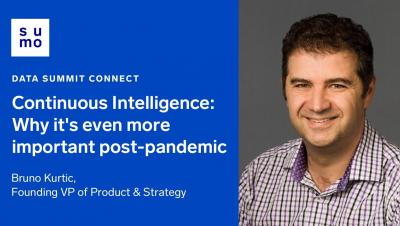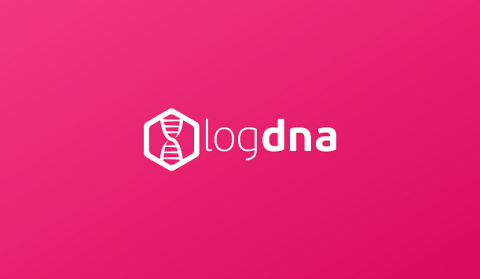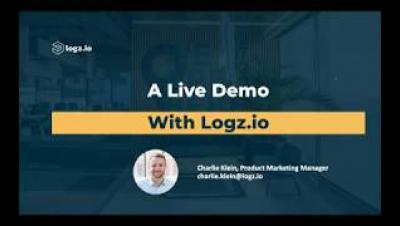Operations | Monitoring | ITSM | DevOps | Cloud
Analytics
Dashboards Beta v0.6: O.M.G. Oh My Grid (Layout)
If you’re new to the Dashboards Beta app on Splunkbase and you’re trying to get started with building beautiful dashboards, the "Dashboards Beta" blog series is a great place to start. This Dashboards Beta app brings a new dashboard framework, intended to combine the best of Simple XML and Glass Tables, and provide a friendlier experience for creating and editing dashboards.
Introduction into Eland - DataFrames and Machine Learning backed by Elasticsearch
Logging Best Practices Part 2: General Best Practices
Isn’t all logging pretty much the same? Logs appear by default, like magic, without any further intervention by teams other than simply starting a system… right? While logging may seem like simple magic, there’s a lot to consider. Logs don’t just automatically appear for all levels of your architecture, and any logs that do automatically appear probably don’t have all of the details that you need to successfully understand what a system is doing.
BIRCH for Anomaly Detection with InfluxDB
In this tutorial, we’ll use the BIRCH (balanced iterative reducing and clustering using hierarchies) algorithm from scikit-learn with the ADTK (Anomaly Detection Tool Kit) package to detect anomalous CPU behavior. We’ll use the InfluxDB 2.0 Python Client to query our data in InfluxDB 2.0 and return it as a Pandas DataFrame. This tutorial assumes that you have InfluxDB and Telegraf installed and configured on your local machine to gather CPU stats.
Logz io Live Demo
Elastic Workplace Search on Elastic Cloud: Enabling greater flexibility and speed
We recently announced that Elastic Enterprise Search — our combined solution of search products — is now available to deploy as a single solution on Elastic Cloud. While Elastic App Search has been available on Elastic Cloud since early 2020, this is a new and exciting deployment option for Elastic Workplace Search.
A New Chapter
Today is an exciting day for LogDNA! I have two wonderful announcements to make. First, we’ve officially announced that LogDNA has closed a $25 million series C round led by Emergence Capital. Second, and most importantly, I’m thrilled to share that Tucker Callaway, LogDNA’s current President and Chief Revenue Officer, is transitioning into a new role as the company’s Chief Executive Officer (CEO).
Bringing Data to Command & Control
It’s a metaphor that would have been impossible to decode even a decade ago: a Command and Control environment where essential data flows as quickly and intuitively as a map on Uber or Lyft. It’s a way of imagining efficient access to up-to-the-minute mission-relevant information, so that any sensor can make useful intelligence available to any device or effect, on a single screen, in time to make a difference.
React, Adapt, Evolve: Using Data to Navigate the 3 Phases of a Crisis
When the coronavirus pandemic hit Asia-Pacific back in January, no one knew what to expect. As the first region to grapple with the questions and uncertainties that the virus presented, leaders had to process the new reality and spring into action at record speed. While navigating the shifting landscape has been a unique journey for all organizations, a few things have proven to be consistent.









